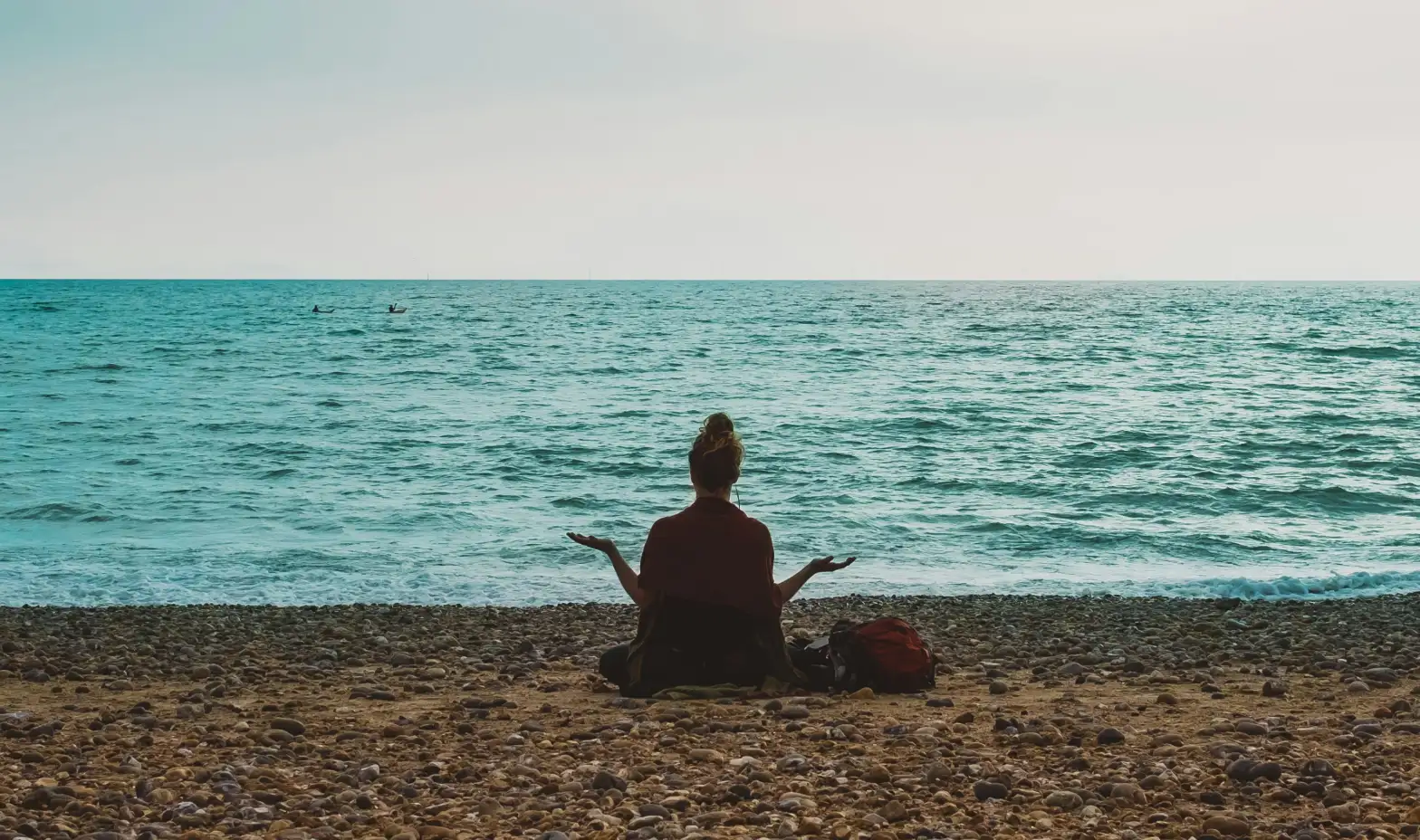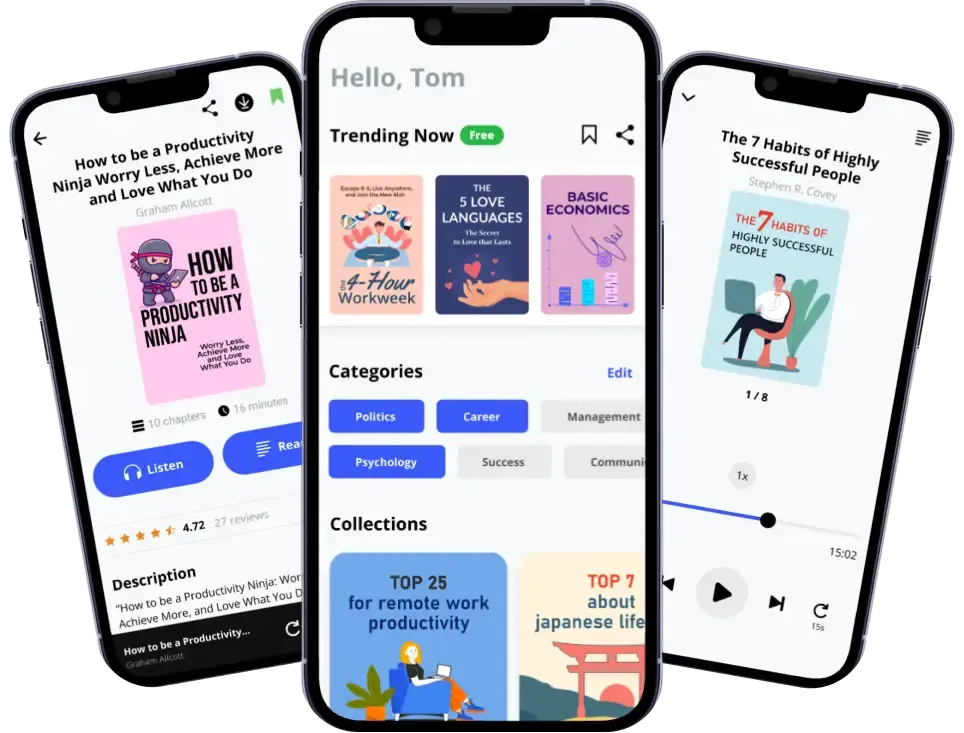Meditation is the practice of paying attention to the body and breathing, as well as setting aside time in the day to be attentive to oneself. Meditation is more about focusing on the simple and right things. For example, you concentrate on your breath and sensations rather than worries and work deadlines. If you don’t know how to meditate. Don’t worry, there's no right or wrong way to meditate anyway. The goal is to be more mindful and present when connecting with oneself. So, let's explore different ways to meditate.
Embrace mindfulness
Mindfulness means reconsidering a careless approach to life. The Buddhist idea is that people restrain their minds from automatically performing routine tasks and lose the ability to appreciate the moment's value. Thoughts constantly haunt and chatter in the head, leaving people with too little space to simply live. To feel grounded and live each moment, people must constantly analyze and reflect on their existence and thinking.
Mindfulness will make you a more thoughtful individual. It increases self-awareness, and, thus, improves imagination and intellect. Don't confuse the benefit of mindfulness with relaxation, stress relief, or self-development. Its goal is to clear the mind, soothe it, and provide an opportunity to understand one's fundamental purpose.

Listen to your body and focus on it
The cornerstone of successful meditation is your posture. There's no one correct sitting position for meditation, yet your body should radiate balance through your spine. Remember to position your arms and legs so that energy flows properly. There are no strict rules determining the position of your hands; it all depends on personal feelings.
You can choose the time for meditation; be mindful and engage in meditative practices thoughtfully. The ideal amount of time to achieve calmness, stress relief, and attention maintenance is 45 minutes daily. Remember, you can't go wrong with meditation. Focus on your true emotions to get the most effective results, and for a better understanding of mindfulness meditation, familiarize yourself with the Wherever You Go, There You Are summary.

Practice different types of meditation
If you find spending a lot of time in one position challenging, try active meditations or add them to your spiritual routine. The essence is to connect body movements with thoughts. For standing practices, you can choose a park; trees will help you focus on peace and tranquility. Concentrate on the natural environment around you.
Practice meditation lying down. Start with relaxing your body; this will relieve pressure in your head. Feel your body as a whole system. Then, systematically activate each part of the body; this process is called body scanning. Engage your breath. For example, direct it straight to your legs and relax as you exhale.
Try "Concentration 101" technique
Breathe normally and try to tune into subtle sensations. Notice the inhale as you inhale and the exhale as you exhale. If you don't like focusing on the breath, choose another body sensation or some ordinary external sound. Try to enjoy both the sensation and the simplicity of the exercise.
If your mind wanders, it's okay. Just notice what captivated you, then return to the breath with a sense of conscious pleasure. To make the exercise easier, count each inhale up to ten and start over. Allocate focus time at the beginning for five, then ten, and with each session, more minutes.

Meditate using the "Walking Through Sound" scheme
As you walk tomorrow to the supermarket, take off your headphones and pay attention to the sounds around you. Try to get out of the inner world of thoughts and simply start listening to the auditory landscape. Listen to how people argue in line at the cash register or how workers unpack goods from boxes. Ignore the meaning of conversations around; just listen.
You live in a world of sounds. Explore how long you can focus on them. In this way, you will merge with the harmonious flow of life and become a witness to everything happening around you.
Do nothing
When was the last time you lay in bed doing absolutely nothing, not even thinking? It's not an easy task. Try "resting the mind" using the tips below.
Without moving, simply turn off the electronic device you're reading from. You don't need to sit in any special way; just gently close your eyes and sit for a minute or two. It's okay if many thoughts arise; you can let them come and go. Yet, analyze what you feel when you sit still, doing nothing, just for a minute or two.
Explore your senses
For the next exercise, allocate two more minutes of your time. Stay seated exactly as you are now. Focus on one of your physical senses, preferably hearing or sight. When focusing on sounds, you may prefer to keep your eyes open and look at a specific object in the room or a spot on the wall.
Whichever sense you choose, try to focus on it for as long as possible, but very quickly and effortlessly. If you find yourself distracted by thoughts or other physical sensations, redirect your attention back to the object of focus and continue as before.

Emphasize physical sensations
In this exercise, try to focus on the physical sensation. It could be the feeling of your body pressing against the chair beneath you, the soles of your feet on the floor, or even the sensation of your hands resting on your thighs. The advantage of focusing on the physical sensation of touch is that it's very tangible, yet you may find that your mind still wanders a lot.
If you feel a hectic mind or strong emotions, recall the idea of the blue sky. That is, consider that beneath all these thoughts and feelings, there may exist a place that is calm, spacious, and clear. Whenever you realize that your mind is wandering and you are distracted, effortlessly bring your attention back to the physical sensation.

Meditate daily
Although you can practice mindfulness anytime and anywhere, daily meditation sessions are indispensable. Ten minutes will give you the best opportunity and conditions to understand what it means to be mindful. It will also give you a sense of calm that is very difficult to reproduce in everyday life when you're just starting. Whether you consider it a separate exercise to clear space in your mind, a foundation for mindfulness practice throughout the day, or just a new hobby, daily practice is essential.
The more you meditate and the more actively you work on slowing down your thoughts and cultivating mindfulness, the easier it will become for you. Try incorporating meditation into your daily routine and stick to the practice. Do not stop learning to meditate. If you can't clear your mind for certain types of meditation, experiment with different styles and techniques. As you've understood, mindfulness meditation for beginners differs most in the time spent performing the techniques. Start with five minutes and increase the time for meditation gradually. After a few sessions, you'll feel the changes that will bring you a sense of ease.
Credentials:










